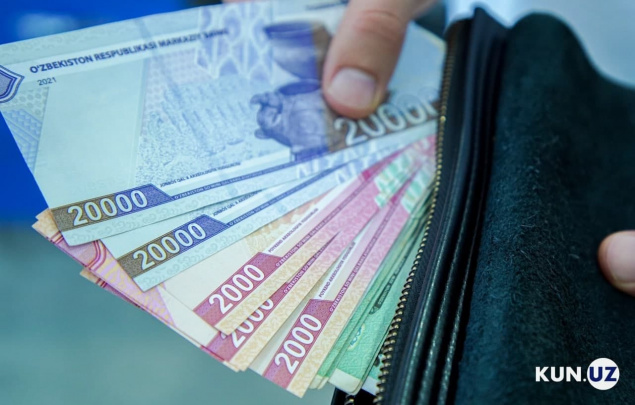Extreme heat could slash Central Asia’s GDP and overwhelm public services
The Central Asian region is currently enduring some of the hottest days of the year, as temperatures continue to rise annually, making living conditions increasingly difficult. According to a World Bank report, if the five countries in the region do not take immediate action, climate-related impacts could reduce GDP by as much as 2.5%. Economists and environmental experts interviewed by Kun.uz say governments should have prepared for extreme heat well before summer arrived.
Soaring temperatures are not only causing heat-related deaths but are also forcing people to relocate. The recent World Bank study warns that rising heat across Central Asia poses growing risks to human health and could severely damage the economy. Experts say the consequences of climate change could become even more devastating in the near future.
Economist Valijon Turakulov explains that high temperatures could reduce labor force participation. People seek safe, comfortable working environments, and with the decline of stable conditions, more individuals may leave their jobs due to extreme heat.
The latest World Bank study, which covers 70 cities across Europe and Central Asia, reveals that heatwaves in 2023 caused the loss of over 87,000 jobs in the region. Of these, more than 22,000 were in Uzbekistan, and nearly 18,000 in Azerbaijan.
By 2050, the number of extremely hot days could triple in the region’s major cities. These temperature spikes will pose serious threats to the elderly, children, and low-income populations. As a result, emergency services and hospitals will face growing pressure, and chronic illnesses may become more widespread.
Heatwaves also damage industrial equipment and power grids, disrupt supply chains, and reduce workers’ physical and mental performance. Working hours could shrink significantly – especially in construction, transport, and tourism. More heat-related risks include damaged transport systems, droughts, wildfires, worsening air quality, and power outages.
By 2090, annual heat-related deaths in some major Central Asian cities – including Astana and Tashkent – could reach 10,000 to 23,000.
According to Kaliya Moldogazieva, a Kyrgyz ecologist and medical sciences candidate, no country in the region was adequately prepared for this year’s abnormal heat.
“As an expert, I haven't seen any serious preparations. Yes, authorities and transport sectors are making some efforts, but residents in Bishkek, for example, are still asking why the trees are drying up,” she said. “City services have begun irrigating, and even in Youth Guard Park people are complaining about dying trees. They’ve contacted the mayor’s office, and irrigation has now started there too. But clearly, there was no preparation. Authorities assumed it would be a normal summer – but it’s not. From now on, every summer will be like this, and the intensity will only grow year after year – in your country, in ours, and across Central Asia.”
Currently, 70% of people in Europe and Central Asia live in urban areas. Over the past two decades, tens of thousands of people have died due to heat-related causes. Without mitigation, climate-related economic losses could reach 2.5% of GDP by 2050.
In nine cities across the region – including Ashgabat, Turkmenistan – annual economic losses from heat could exceed 2% of GDP.
In Kyrgyzstan, extreme temperatures damage about 200 kilometers of roads each year, leading to expensive repairs and negatively affecting all economic activity dependent on transport infrastructure.
In Ashgabat, heat-related excess mortality ranges from 25 to 28 cases per 100,000 people annually across all age groups. In Astana, Bishkek, and Tashkent, the figure reaches 19 to 21.
Sameh Wahba, the World Bank’s regional director for Europe and Central Asia, warned in the report that heatwaves are becoming the new normal, making urban living more difficult.
To reduce the impact of heat, the World Bank recommends that cities take the following measures:
- Develop early warning systems
- Strengthen emergency medical services
- Establish cooling centers in high-need areas
- Use heat-resistant building materials
- Factor extreme weather into infrastructure planning
The analysis emphasizes that strong political will, coordination, and sustainable financing are crucial for successful solutions.
Related News

16:16
Experts blame economic strain and social pressures for growing mental health crisis in Uzbekistan

10:34
Central Bank survey: People prefer mid-value notes and rarely use UZS 200,000 bills

18:11 / 25.07.2025
Average salary in Uzbekistan climbs to nearly UZS 6 million, with teachers and doctors still earning below average

12:39 / 23.07.2025



